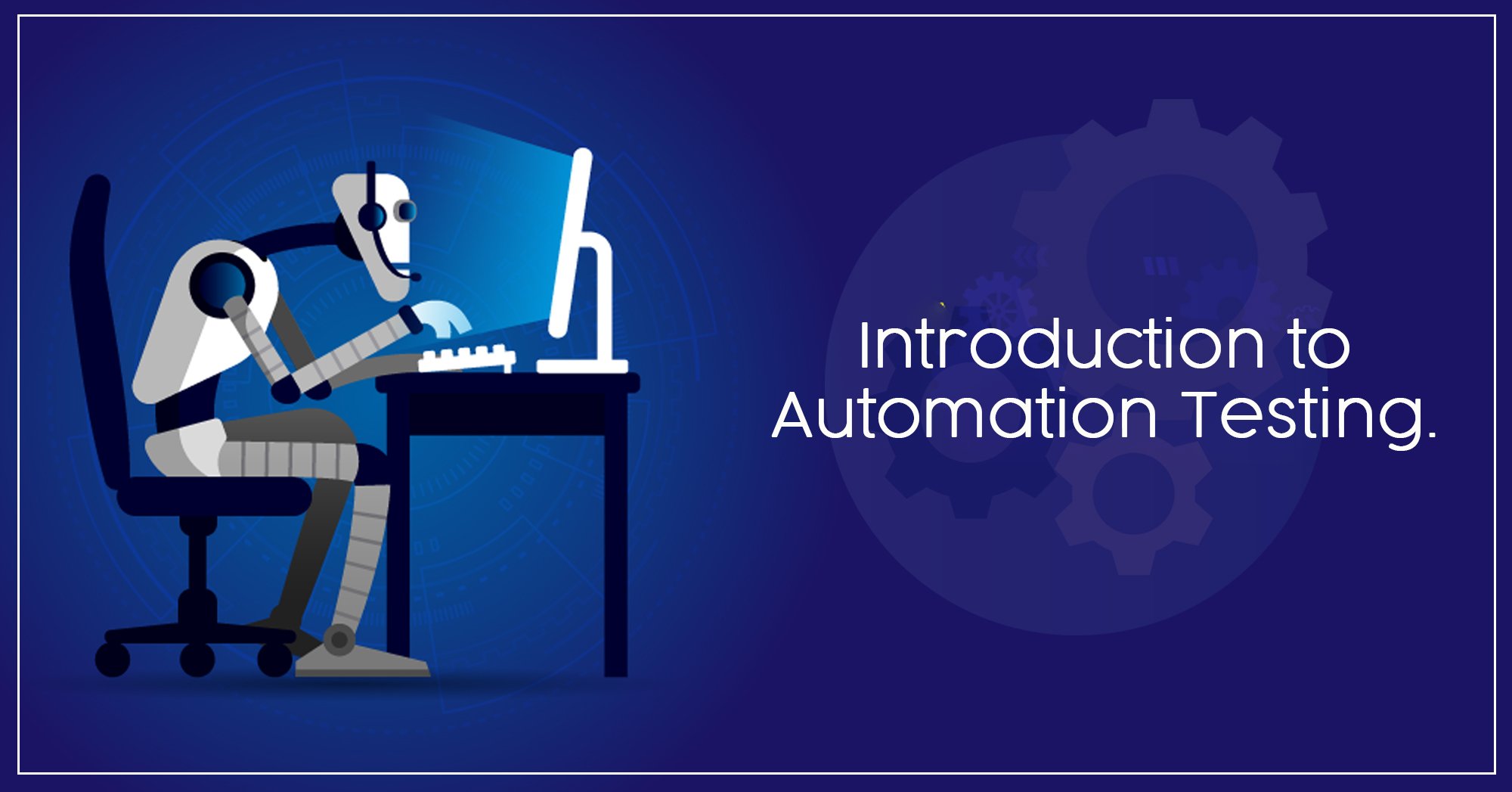Discovering the Future of Automation Testing in Software Development
Wiki Article
From Manual to Automated Testing: A Comprehensive Guide to Transitioning Smoothly and Efficiently
In the realm of software screening, the change from handbook to automated procedures has become a progressively vital change for organizations looking for to enhance performance and precision in their testing methods. The journey from handbook to automated screening is not without its difficulties, yet when approached purposefully and with a clear plan in mind, the advantages can be considerable.Benefits of Automated Examining
Automated screening supplies numerous advantages, improving effectiveness and precision in software program development processes. Automated tests can be run concurrently on numerous tools and running systems, significantly speeding up the testing phase compared to manual testing.Furthermore, automated testing makes sure a greater degree of accuracy in detecting problems. Uniformity in testing is also boosted, as automated examinations implement the exact same steps specifically each time they are run.
Choosing the Right Tools

To start with, analyze your needs and purposes. Comprehend the scope of your project, the modern technologies entailed, and the capability of your team. This evaluation will certainly assist you figure out the capabilities and features you call for in your testing devices.
Second of all, think about the compatibility of the tools with your existing systems and processes. Seamless integration with your current software growth lifecycle is vital to make certain a smooth change to automation.
In addition, examine the scalability and flexibility of the devices. As your testing needs advance, the devices should have the ability to adjust and accommodate adjustments successfully.
Finally, consider the assistance and community around the devices. Robust assistance and an active customer neighborhood can provide useful sources and help when executing automated screening. By very carefully thinking about these facets, you can select the right devices that align with your demands and established the stage for an effective transition to automated screening.
Writing Efficient Examination Manuscripts

When crafting examination scripts, it is important to consider the certain requirements of the software program being checked and ensure that the manuscripts address all important functionalities. Descriptive and clear calling conventions for test manuscripts and test instances can improve readability and maintainability. In addition, incorporating error handling systems within the examination scripts can assist in recognizing and addressing problems promptly.
Additionally, arranging examination scripts into modular parts can improve reusability and scalability, decreasing redundancy and boosting efficiency in test script upkeep. Normal reviews and updates to check manuscripts are essential to equal advancing software application demands and capabilities. By adhering to these concepts, testers can develop durable and effective test scripts that add dramatically to the success of automated testing processes.
Integrating Automation Into Workflows
Effective assimilation of automation devices right into existing operations boosts and simplifies procedures productivity within software application advancement cycles. When integrating automation right into process, it is crucial to identify repetitive tasks that can be automated to save time and decrease human error. By perfectly integrating automated testing tools like Selenium or Appium into the software development lifecycle, teams can accomplish faster comments on code modifications, causing quicker insect detection and resolution. This integration enables continuous testing throughout the growth procedure, making sure that any type of concerns are recognized early on, resulting in higher software program top quality. Furthermore, automation can be utilized to set off tests automatically after each code devote, supplying get more instant validation and maximizing testers to concentrate on even more complicated scenarios. Proper assimilation of automation tools requires collaboration in between advancement, testing, and procedures try this website teams to establish a unified operations that maximizes performance and efficiency in delivering premium software.Making Sure a Smooth Change
Successfully transitioning to automated testing includes careful preparation and careful execution to make the most of and lessen disruptions effectiveness in the software program development process - automation testing. To guarantee a smooth shift, it is necessary to start by conducting an extensive evaluation of the existing screening processes and recognizing areas where automation can bring the most substantial benefits. Involving with all stakeholders beforehand in the process, consisting of programmers, testers, and task managers, is important for amassing assistance and buy-in for the automation initiativeInteraction is essential throughout this shift stage. Clear communication of the objectives, advantages, and expectations of automated screening helps to manage any resistance or worries that may develop. Furthermore, providing appropriate training and resources for employee to upskill in automation devices and methods is essential for ensuring an effective shift.

Final Thought
In conclusion, transitioning from guidebook to automated testing offers various advantages, consisting of raised efficiency and reliability. By selecting the suitable tools, writing effective examination scripts, and integrating automation effortlessly into workflows, companies can guarantee a effective and smooth shift. It is important to welcome automation as a beneficial property in software program screening procedures to enhance general high quality and productivity.In the realm of software program screening, the change from handbook to automated processes has actually come to be a significantly essential shift for organizations seeking to enhance performance and accuracy in their screening methods. Automated tests can be run concurrently on several devices and running systems, drastically speeding up the screening phase compared to hand-operated screening. Consistency in testing is additionally boosted, as automated tests carry out the exact same steps specifically each time they are run.To make sure the successful execution of chosen testing tools, the production of efficient test scripts plays an see page essential function in verifying the functionality and efficiency of automated procedures - automation testing. By following these principles, testers can develop robust and reliable examination manuscripts that contribute considerably to the success of automated screening procedures
Report this wiki page